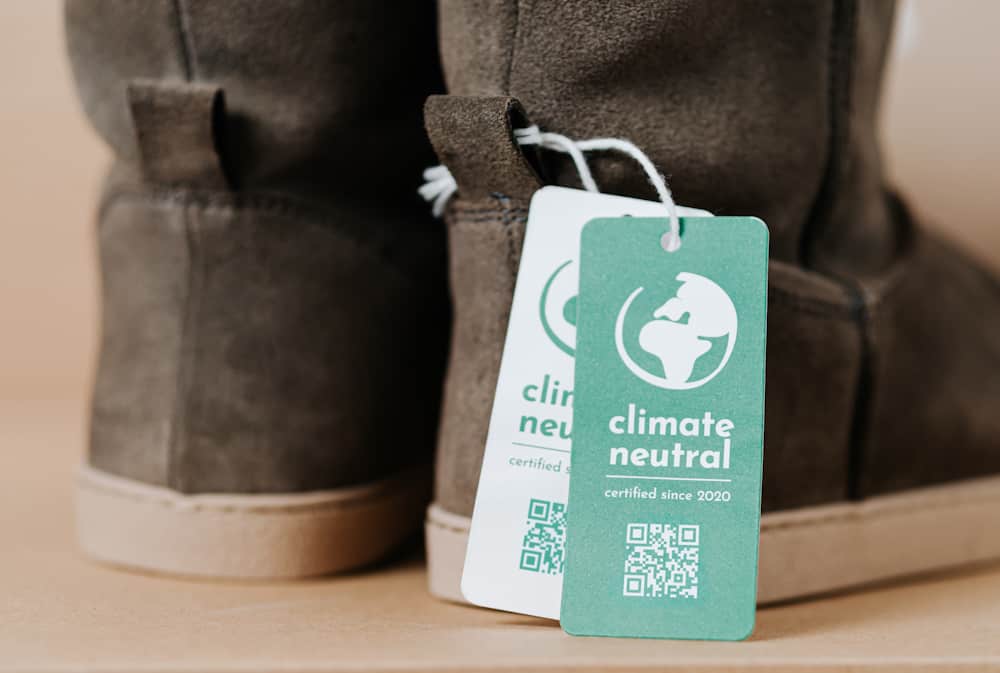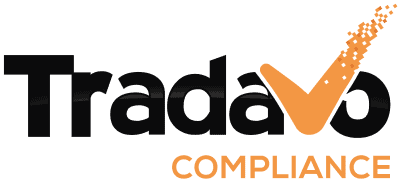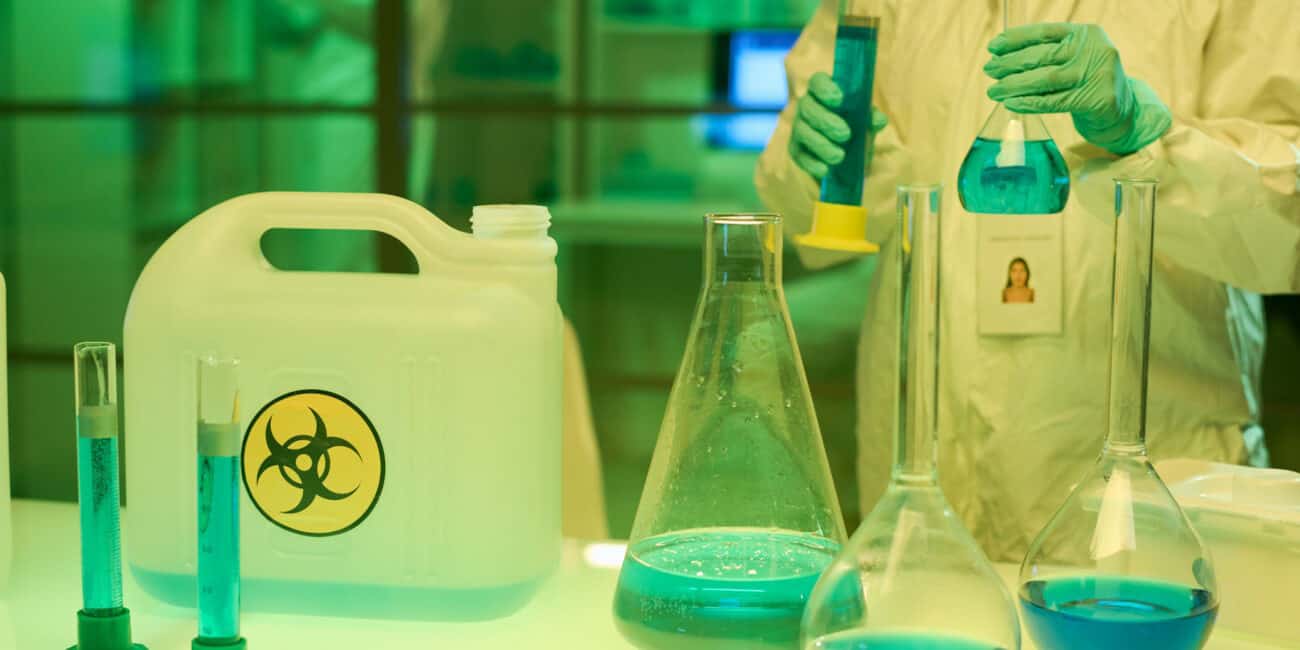Marketing in e-commerce
Sellers know the situation: A new product is about to be launched, and you are poring over the best ways to place your product on the market to ensure that it is noticed by as many customers as possible. In the best case, the customers immediately rate your product better than the competitors’ offers.
That is something you can achieve with better product quality, or with more appealing advertising. Due to the growing number of new competitors surging into the market nowadays, some sellers fall back on questionable marketing methods in order to give themselves an unfair competitive edge. More than enough reason to determine which promotional activities are prohibited on marketplaces such as Amazon, and what you can do about them.
Which illegal promotional activities are most commonly used?
Some of our earlier blog posts have already addressed the issue of product bans on Amazon and the most common compliance mistakes sellers make. Today, we are going to take a closer look at compliance pitfalls in marketing.
Misleading advertisement of self-evident properties (Section 5 UWG)
The German Act against Unfair Competition (UWG) is first and foremost meant to protect consumers against misleading information in advertisements. Pursuant to Section 5 UWG, a commercial activity is deemed to be misleading if it contains false information. If the information is accurate, but potentially deceptive for the consumer with respect to certain circumstances, it is deemed to be misleading as well.
Such misdirection is for example given if a property of a product that is, in fact, self-evident is advertised in a manner that makes the customer believe that it is a special feature of the product. This way, the product appears to be better than those of the competition, even though it does not actually have any different, “special” features.
Section 5 UWG covers:
- Advertising with the CE marking (“CE certified”) or the RoHS symbol (“RoHS-compliant”)
- Advertising with test results under the German Food and Feed Code [LFGB] or the REACH Regulation
- Advertising with so-called harmonized standards, e.g., “complies with the requirements of DIN EN 71-1”
Trademark infringements
Many sellers wrongly believe that they can freely use other companies’ logos or symbols, such as the TÜV tag or the Green Dot, for their own promotional activities. This can be a costly mistake! If the logo or symbol is a registered trademark, and you failed to obtain a license for its use, this is a trademark infringement. Let us take a closer look at the most common mistakes on Amazon.
Advertising with the Green Dot
Advertising with textile labels such as GOTS, OCS or Oeko-Tex
If your textile products are not duly GOTS, OCS or Oeko-Tex certified, you are not allowed to use the corresponding logos and seals for your sales promotion. Furthermore, the above-mentioned certifications require not only your specific product, but also the manufacturer from whom you procure said product to be certified.
If you advertise one of these textile seals, you must indicate the respective certification number (e.g., that of your manufacturer). Without the number, such advertising is prohibited, and competitors can either obtain a warning against you from an attorney, or the owners of the respective trademarks themselves can take legal action against you.

Advertising with the FSC label
Advertising with laboratory logos such as TÜV, DEKRA or SGS
Advertising with the GS mark
The GS mark usually gives customers a sense of security, which is why it is often used illegally by sellers. Sometimes they do not even mean to do anything wrong, especially when goods are bought in China, where it is quite common for the corresponding certificate to be forged. Gullible sellers are thus made to believe that they are allowed to use and advertise the GS mark. Even if the certificate is legit, it must first be transferred to the seller and a co-license must be requested to be allowed to use it for advertising.
False advertising with test seals
Just about everybody who has ever bought anything online knows them: Test seals. Reviews and test results often influence the prospective buyers’ decision to buy. This is why they are commonly used for advertising, especially if the testing was done by an accredited tester such as Stiftung Warentest. Therefore, advertising with test results is subject to strict legal restrictions in order to protect the customers.
To avoid getting in trouble with the law (in particular the UWG), the seller has to meet the requirements of truthfulness, objectivity, completeness, validity and transparency. Otherwise, they risk a written warning from competitors and consumer protection agencies, in particular for misleading commercial practices (Sections 5, 5a UWG).

If you are planning to advertise using test results, there are some things you need to observe.
- The above-mentioned requirements apply as soon as you use the test results in some way for promotional purposes, even if they are not emphasized, but only mentioned in passing.
- Indicating the source of the test results is not enough. The organization that did the test has to be named.
- Furthermore, you have to indicate the source of the test results in order to enable the customer to get a first-hand impression of the test conditions.
- Test results must not be distorted, i.e. you must not endeavor to make your product look better than it actually did in the test. Accordingly, changing the statements of the testing organization in your own favor is prohibited.
- Advertisements with test seals often contain false information, or the source and the description of the assessment method are missing (a link is usually sufficient for this purpose).
Advertising without objectively verifiable facts
In principle, any property or feature you advertise has to be objectively verifiable. Therefore, promoting products as:
- waterproof or fire-resistant,
- free of BPA or harmful substances,
- “dishwasher-safe”,
- or carbon-neutral, climate-friendly or sustainable can be problematic.
For the first three properties in particular, there are corresponding lab tests that can substantiate these claims; this is referred to as non-harmonized standards. Compliance with such standards is not always mandatory in the EU. However, if you want to advertise the above-mentioned properties, you have to make sure that you can prove them. If you simply make an unsubstantiated claim, you risk a warning from your competitors.

What are the possible consequences of illegal promotional activities?
As mentioned, infringements regarding any of the issues listed above may result in written warnings from an attorney initiated by competitors or trademark owners. Furthermore, you can get in trouble with Amazon. If your listing is reported, e.g., by a competitor, with proof and/or proper justification, it is possible that Amazon deactivates your listing. Reactivating such a listing is often time-consuming and annoying.
What can you do about unfair sellers?
If you discover other sellers who do not play fair, you have a number of options.
- Formal warning from an attorney: This is an option only if you really are a direct competitor, i.e. if your product is comparable to that of your competitor. Furthermore, you should first make sure that you are not making the same mistake because otherwise, your warning will be ineffective.
- Report the infringement to Amazon: If you have concrete proof of an infringement, you can report it, possibly resulting in a ban of your competitor’s product. In most cases, that is not a permanent solution because the duration of such a ban depends on the severity of the infringement.
- Contact the trademark owner: You can, of course, also contact the trademark owners themselves, e.g., TÜV, FSC or others, and tell them that a competitor is illegally advertising on Amazon using their seals. The chance of success is relatively low in this case because it depends entirely on the trademark owners’ willingness and ability to act.
We at Tradavo can help you
The compliance experts at Tradavo are happy to help you check your listing for all the aspects mentioned above. This way, you can advertise and sell your products without cause for concern. If you are looking for an experienced partner who takes care of your product compliance, feel free to contact us for an initial consultation!
You need assistance?
It is best to book an appointment directly for a free initial consultation.
Who wrote this article?
As an author, Christina fills the blog section of our website with exciting and informative articles, so that our readers can always take care of product compliance in their company in the most well-informed way.




